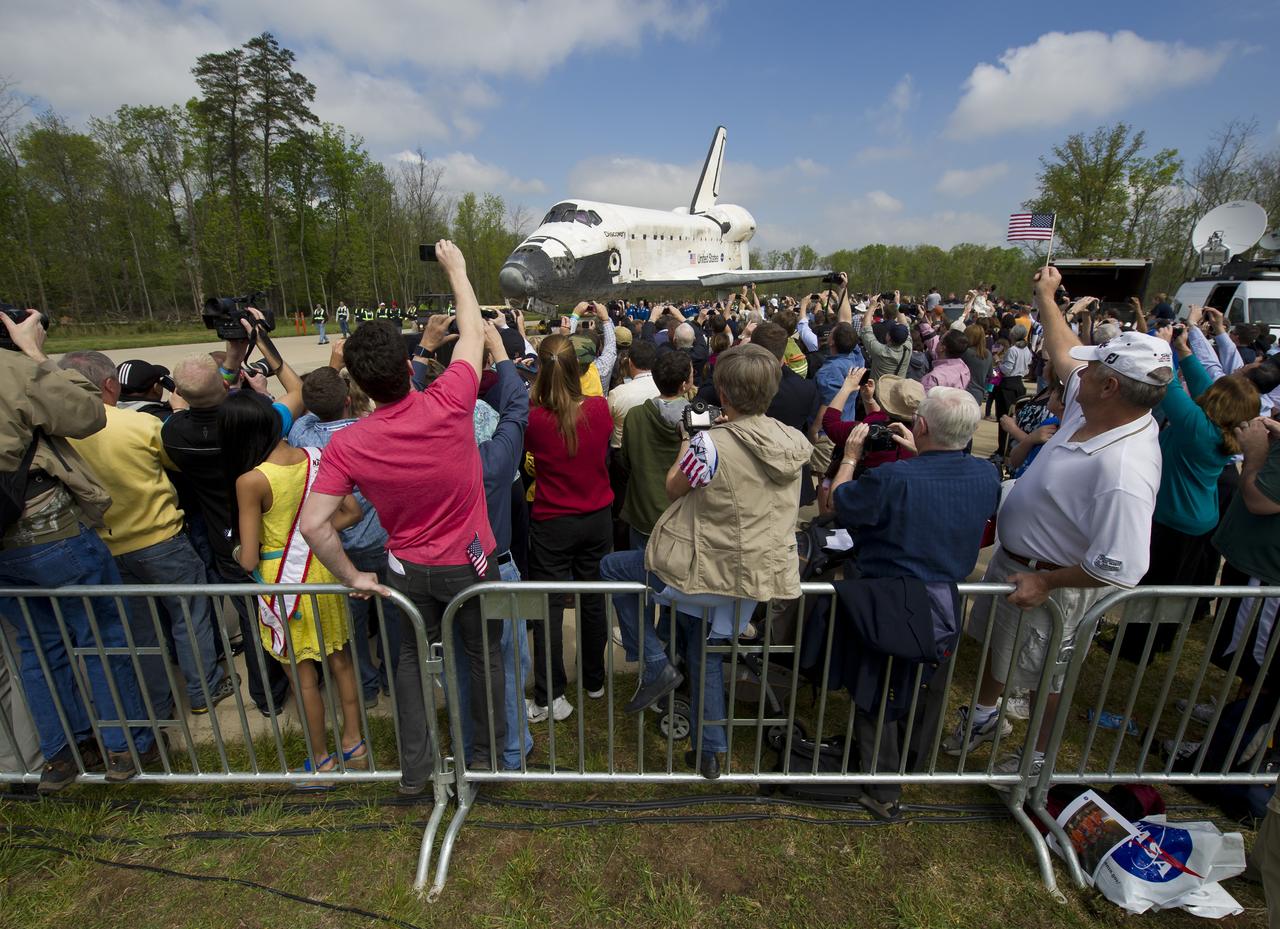
The Discovery orbiter was greeted by a crowd at the Steven F. Udvar-Hazy Center on April 19, 2012. Credit: NASA/Carla Cioffi
The following is an excerpt from The People's Spaceship: NASA, the Shuttle Program, and Public Participation After Apollo by Amy Paige Kaminski. The book will be published on June 11, 2024 by the University of Pittsburgh Press.
It was a most unusual vision, surreal and sublime at the same time. Two space shuttle orbiters faced off, face to face, on a runway at the Smithsonian National Air and Space Museum's Steven F. Udvar-Hazy Center, adjacent to Dulles International Airport in Chantilly, Virginia. The vehicle on the left, CompanyIt was brilliant white against the nearby green foliage and endless blue cloud-dotted sky on that warm April day in 2012. After NASA used the orbiter for atmospheric drop tests in the late 1970s, Company It led a sheltered existence as a tourist attraction before retiring to its own wing on the Smithsonian grounds. The spaceship on the right, Discovery, was discolored and showing signs of wear, and bore the markings of NASA's most active orbiter. A year earlier, he had completed the last of his thirty-nine missions to space, just as NASA was shutting down the shuttle program to free up funds for new human spaceflight initiatives. For only a few hours, the shuttles remained in this unique configuration. Company had been removed from the Udvar-Hazy Center, and the orbiter would soon travel, first strapped to the top of a Boeing-747 and then on a barge, to a new home at the Intrepid Sea, Air & Space Museum in New York City. York. The same 747 had carried Discovery from the Kennedy Space Center in Florida two days earlier, and its cargo would be removed at the end of the day to the hangar Company had ever occupied.
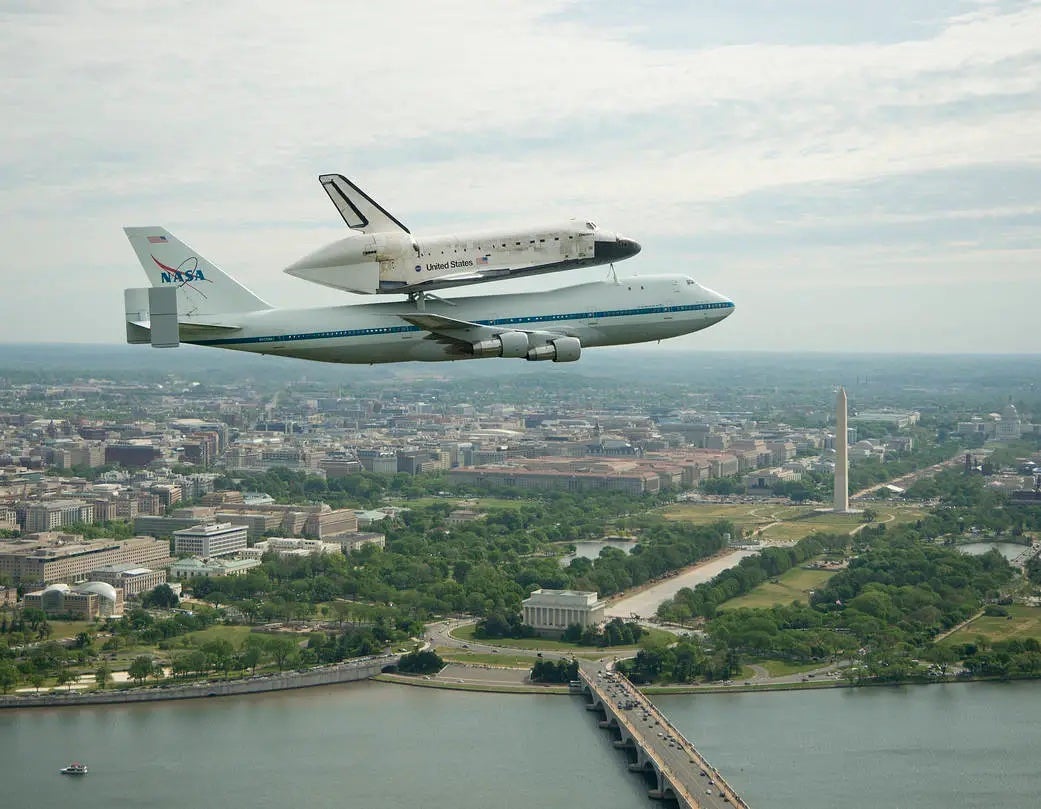
NASA and Smithsonian personnel, members of Congress, White House officials, astronauts, representatives of the aerospace industry, and interested members of the public flocked to witness this rare changing of the guard. It was part of NASA's plan to find permanent homes for its four decommissioned orbital shuttles. A military band played patriotic tunes and passersby waved American flags. Before the ceremony began, renowned opera singer Denyce Graves led the crowd in a moving rendition of “The Star-Spangled Banner.” In this context, the dignitaries offered loving words about DiscoveryNASA Administrator Charlie Bolden, former shuttle commander, recalled how “the space shuttle program gave this country many firsts and many proud moments.” Looking back on the program's forty-year history, Bolden celebrated the vital role the shuttle played in the deployment and repair of the Hubble Space Telescope and in the construction of the International Space Station. He said he enabled people to learn how to live and work in space and motivated future generations of space explorers.
Jack Dailey, director of the National Air and Space Museum and one-time associate deputy administrator of NASA, offered a more curious statement in his brief speech honoring the space shuttle. Like Bolden, he linked the ferry to the notion of national pride. But Dailey focused momentarily not on the venerable spaceships behind him, but on the enthusiastic crowd between him. “At every major milestone in the history of space,” he said, “Americans have participated in the excitement, pride and optimism of the occasion.”
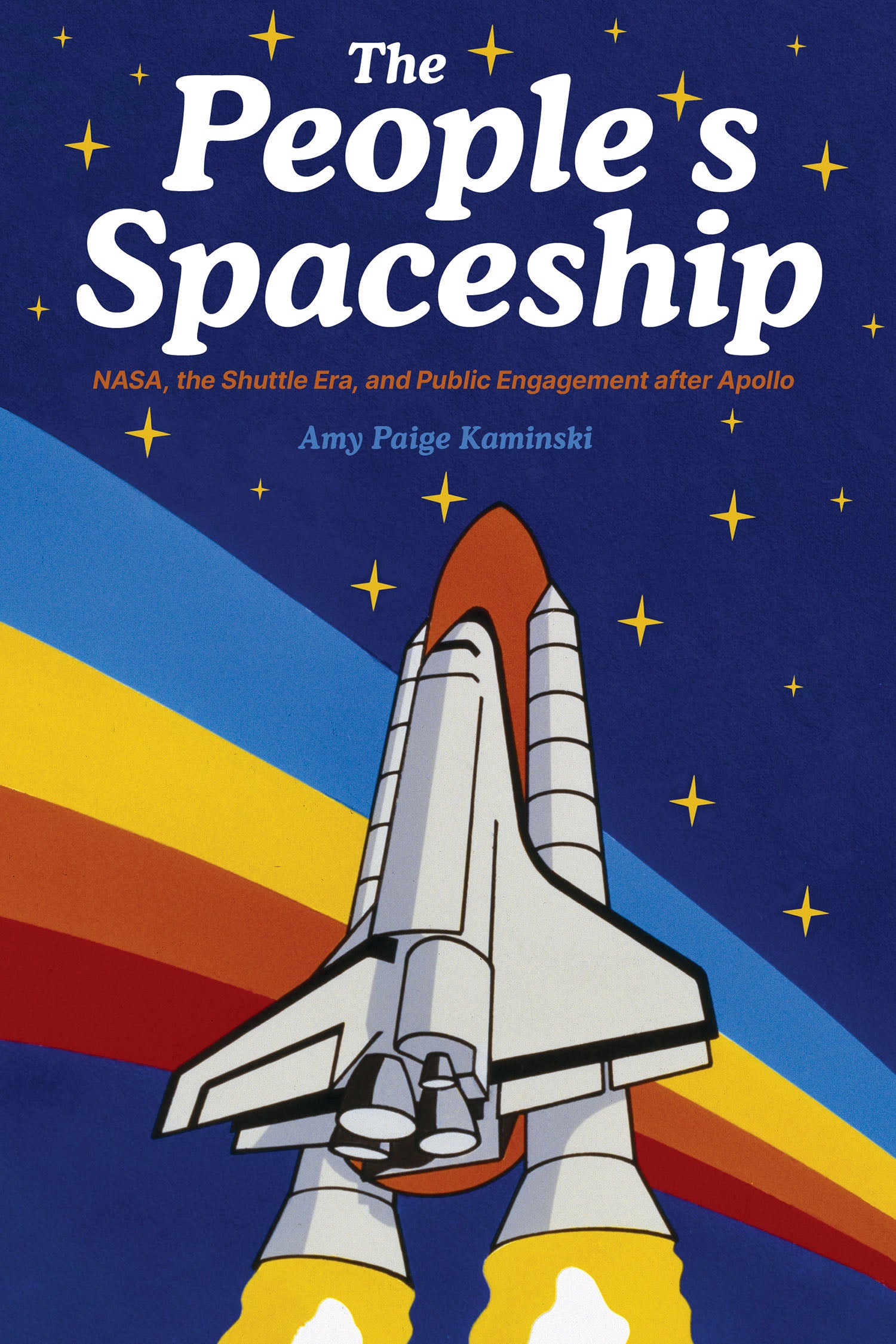
Dailey's words recognized that even those not immediately connected to NASA had a place in the history of the nation's human spaceflight program. But their role, according to this characterization, was passive and reactive: to observe these spectacles, celebrate them, and be inspired by the achievements made in their name. In fact, historians and political scientists often credit officials at NASA, major aerospace companies, U.S. presidents and other White House officials, and members of Congress as the architects of the U.S. space program. Those outside this sphere generally only appear in accounts explaining that the agency displayed its exploits to project a strong image of the United States to people around the world during the space race with the Soviet Union and to “sell” its Mercury, Gemini and Apollo. human space projects to American citizens who footed the bill.
However, just ten years after the Apollo 11 landing on the Moon, an article in parade The magazine describing NASA's plans for its major new human flight initiative, the space shuttle, presented a very different relationship between NASA and those outside the government-industry nexus of space program developers. The article noted that the new space vehicle would provide “the first opportunity the public has had to get personally involved in a NASA project.” NASA Deputy Associate Administrator Ann Bradley echoed that assertion in a 1984 memo. The vehicle's promise of providing routine, reliable access to space to reasonably healthy people with basic training meant that “no development has opened up greater prospects.” for direct citizen participation in space flights than the space shuttle. According to Hans Mark, NASA's deputy administrator when the first shuttle missions began, “the shuttle opened the door to a vast expansion of the human experience in space.” Looking back on the vehicle's legacy, former shuttle director Wayne Hale elegantly summarized: “If the intention was to transform space and open the frontier to more people, the shuttle accomplished that…The shuttle truly became the people spaceship.”
What a contrasting perspective these statements offer compared to characterizations of NASA's public relations activities during the Apollo era! While NASA never abandoned its determination to widely share the spectacle of human spaceflight, the agency approached public engagement with the shuttle in new and different ways. In fact, shuttle maintenance led NASA to rethink how to engage people around the world, particularly in an era when other nations were developing capabilities to send humans and cargo into space. But above all, NASA devoted tremendous energy to transforming its connections with the American public, whose commitment the agency considered paramount to the viability of the shuttle. This book tells the story of why and how the agency intended to involve them in their transition from the Apollo period of the 1960s and early 1970s to the space shuttle era that would span the next four decades. Sheds new light on the connections between NASA's human spaceflight initiatives and its public engagement activities, showing how Americans beyond the sphere of government and industry space program players figured in the shuttle program. .
Amy Paige Kaminski He has over twenty years of experience in federal policy and program development roles, working closely with the academic, nonprofit, and corporate sectors. He has held senior positions at NASA, advising on science policy and creating avenues to engage everyday people as contributors to the agency's science and technology programs. She is the book's editor. Space science and public participation.







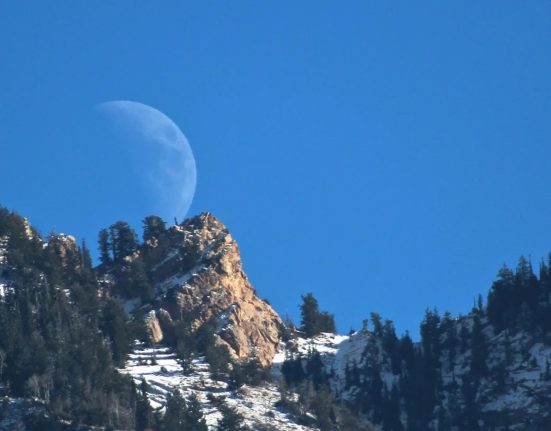


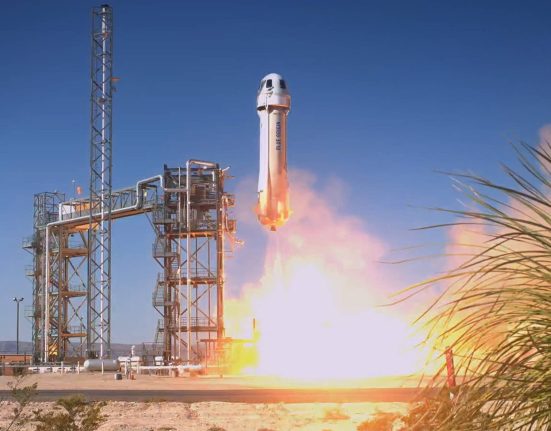


Leave feedback about this